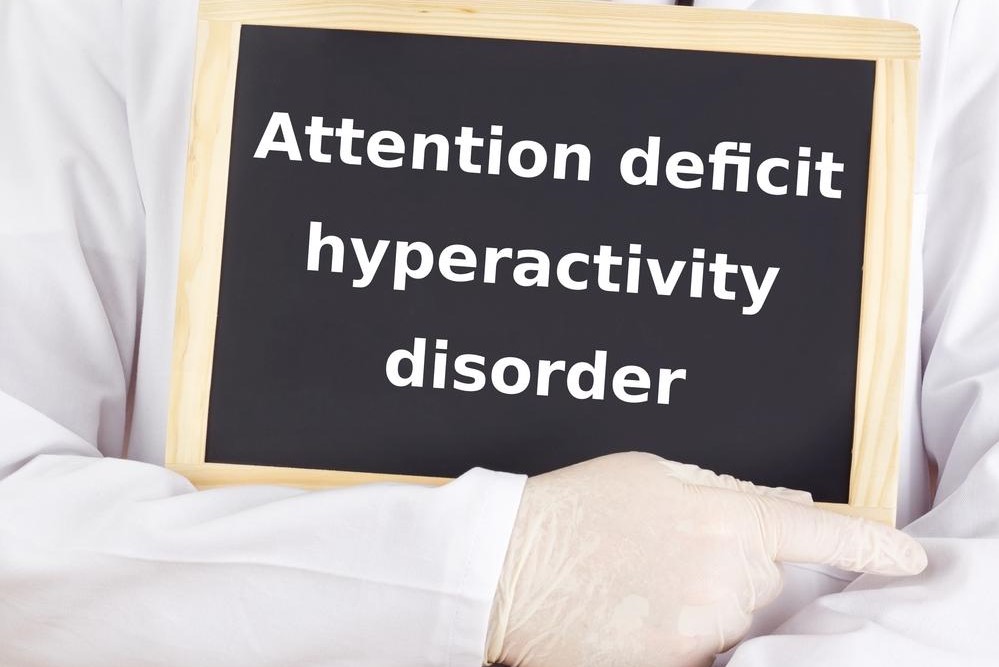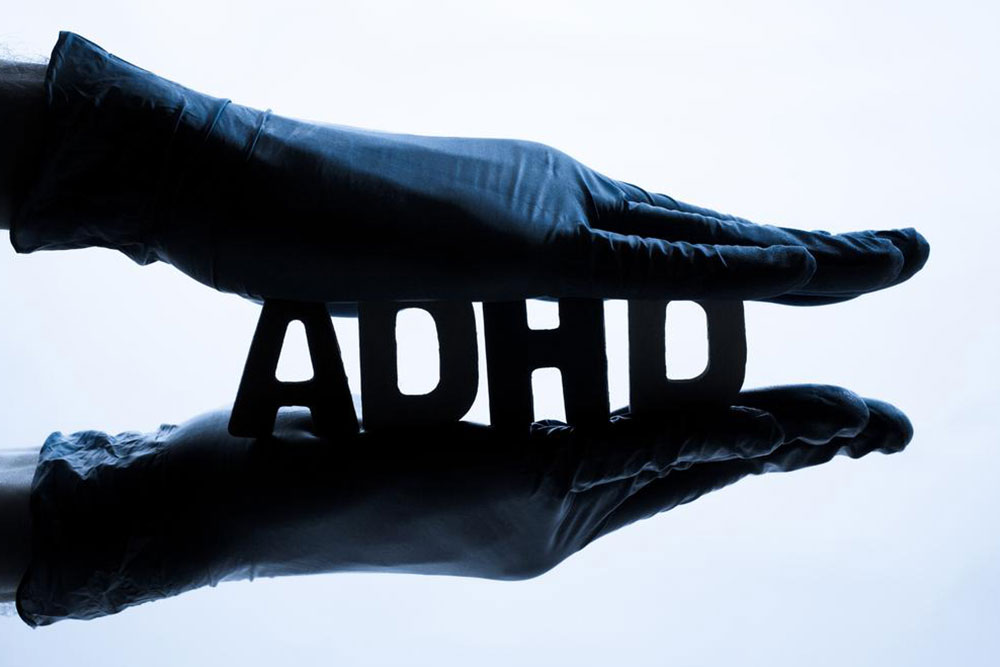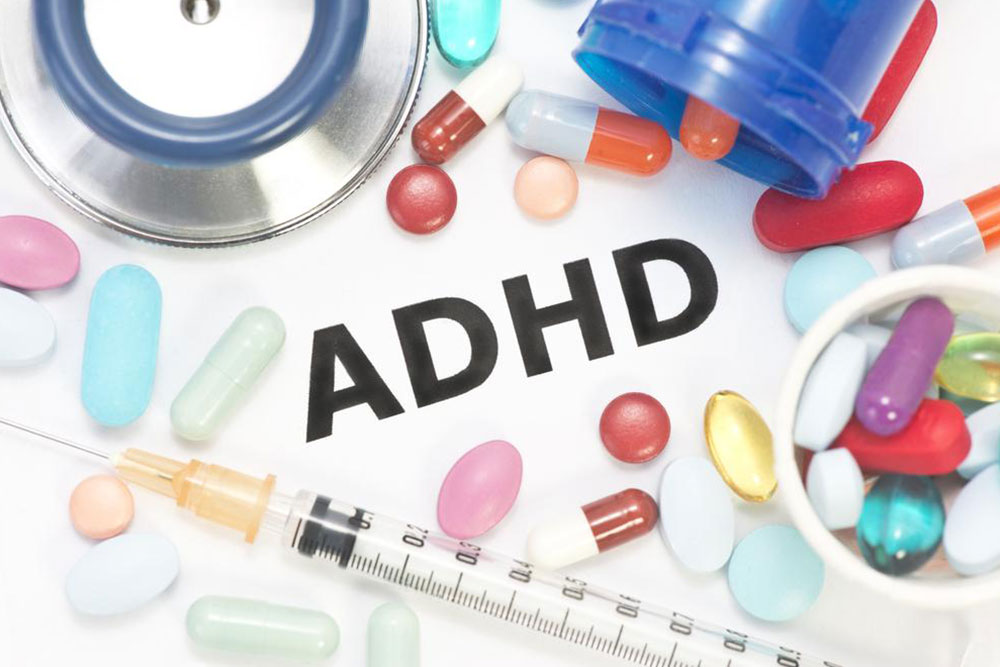Comprehensive Guide to ADHD: Symptoms, Effects, and Management Strategies
ADHD is a common neurodevelopmental disorder impacting children and adults alike. This comprehensive guide covers symptoms, gender disparities, lifelong effects, and effective treatment options, emphasizing the importance of awareness and early intervention for better management and improved quality of life.

Comprehensive Guide to ADHD: Symptoms, Effects, and Management Strategies
Attention Deficit Hyperactivity Disorder (ADHD) is a neurodevelopmental condition that influences how individuals think, behave, and regulate their activity levels. It is characterized by a constellation of behavioral challenges, including impulsivity, heightened activity levels, and persistent difficulties in maintaining focus and attention. This condition is most commonly diagnosed in children aged 6 to 12, with many symptoms becoming very evident once children start formal schooling. Managing ADHD can be overwhelming for parents and caregivers, often leading to feelings of isolation or frustration, but awareness and understanding are essential steps toward effective management.
Research indicates that approximately 11% of school-age children in the United States—roughly 6.4 million kids—are affected by ADHD, making it one of the most common neurodevelopmental disorders. Interestingly, while traditionally viewed as a childhood condition, ADHD symptoms can persist into adulthood. In fact, about 2.5% of the adult population continues to experience ADHD-related challenges, highlighting the importance of lifelong management strategies.
In adult cases, certain symptoms such as hyperactivity tend to diminish with age. However, core difficulties like restlessness, impulsive decision-making, and struggles with sustained attention often remain prominent. The treatment modalities for ADHD are similar across age groups, encompassing behavioral therapies, medication, and lifestyle adjustments. It's worth noting that medication choices may differ depending on age and specific needs, and ongoing support from healthcare professionals is crucial.
Gender disparities are also evident in ADHD diagnosis. Boys are diagnosed significantly more often than girls, with estimates indicating that four out of five diagnosed cases are in males. This disparity may be linked to differences in the presentation of symptoms; boys often exhibit more overt hyperactive and impulsive behaviors, prompting earlier and more frequent referrals for assessment. Girls, conversely, may display less obvious signs such as inattentiveness, which can sometimes lead to underdiagnosis or delayed diagnosis.
Understanding ADHD is vital for fostering supportive environments at home and school. With continued research, improved diagnostic methods, and tailored treatment options, individuals dealing with ADHD can lead fulfilling, productive lives. Increased awareness also helps reduce societal stigma, enabling more people to seek help without fear of judgement. From behavioral interventions to medication management and educational support, an integrative approach is essential in helping individuals with ADHD overcome challenges and thrive in various aspects of their life.




